◆ 13 Bridget Riley Follow Rill signed and dated 'Riley '76' on the turnover edge; signed, titled and dated 'Riley "Rill" 1976' on the reverse; further signed, titled and dated 'Riley "Rill" 1976' on the stretcher acrylic on linen 228 x 96.2 cm (89 3/4 x 37 7/8 in.) Painted in 1976, this work will be included in the forthcoming complete catalogue of paintings which is being prepared by the Bridget Riley Archive.
Provenance Private Collection Christie's, New York, 12 May 2004, lot 318 Acquired at the above sale by the present owner Exhibited Buffalo, Albright-Knox Art Gallery; Dallas, Museum of Fine Arts; Sydney, Art Gallery of New South Wales; Perth, Art Gallery of Western Australia; Tokyo, National Museum of Modern Art, Bridget Riley Works 1959 - 78, 1 September 1978 - 2 March 1980, cat. no. 49, p. 69 (illustrated) San Francisco, John Berggruen Gallery, Bridget Riley The Interactive Character of Color, 1970 - 2014 , 27 April - 30 June 2016, pp. 26 - 27 (illustrated) Catalogue Essay Executed in 1976, Rill is a dazzling paradigm of Bridget Riley’s seminal optic line paintings. Composing a tantalising rhythm scoring the length of the canvas, undulating tones of acidic green ebb and flow, tumbling vertically to infinity. Espousing a quintessentially Op Art aesthetic unanimous with Riley’s idiosyncratic style, Rill recalls the evocative and organic patterns found in nature. Frictions and ruptures glide and drift, building a coherent spatial order, while a shifting sensation of depth results in an ambiguous and wondrously enigmatic pictorial field. Polychromatic and instilled with a heady dynamism, the present work’s rippling and swelling creates an intoxicating visual sensation of psychedelic effect. Initially working exclusively in black and white, Riley began implementing colour in 1967. The artist recalls ‘I had to give visual sensation more rein – my black-and-white paintings had been about states of being, states of composure and disturbance, but when I introduced colour in 1967 this began to change. Colour inevitably leads you to the world outside…I was beginning to find my way with a whole host of sensations to do with colour’ (Bridget Riley Dialogues on Art , London, 1995, p. 70). Investigating different ways of disrupting the vertical stripe, Riley introduces an extraordinary energy into her work, pulsating and strobing lines to offer a swirling intensity. Inexorable rotation and circulation simulates the sensation of constant movement. As such Riley encourages a profound fundamental shift in the very nature of sight and seeing itself, causing the eye to glimpse extraordinary outlines and shapes seemingly concealed within the wavering lines. With reference to the concept of perception in Riley’s work, Paul Moorhouse argues that ‘Riley’s early paintings radically reversed the traditional relationship between the work of art and the viewer… The process of looking "activates" the painting. Its formal structure is catalysed and destabilised by the viewer’s gaze. As the mind struggles to interpret the sensory information with which it is presented, it veers from one visual hypothesis to another, vainly trying to fix the image. This state of flux generates vivid perceptual experiences of movement and light, which are the defining characteristics of Riley’s early work’ (Paul Moorhouse,‘"The Ultimate Secret of Things,” Perception and sensation in Bridget Riley’s art,’ in Bridget Riley Paintings and Drawings 1961 - 2004, exh. cat., Museum of Contemporary Art, Sydney, 2004, p. 15). Reminiscent of a double helix, there is a mechanical and scientific element to Riley’s sustained oeuvre. Riley’s work from the mid-1970s until the end of the decade took her concern with colour interaction and its relationship with light to new levels of complexity. The vehicle for these developments was her adoption, in 1974, of the curve form as the fundamental unit of her paintings. Riley famously stated, ‘My paintings are, of course, concerned with generating visual sensations, but certainly not to the exclusion of emotion. One of my aims is that these two responses shall be experienced as one and the same.’ (Robert Kudielka, Bridget Riley The Eye's Mind, London, 1999, p. 79). Riley’s revolutionary practice is informed by an array of art historical sources. Encountering the Italian Futurists at the Venice Biennale in 1960, she found that their rhythmic
◆ 13 Bridget Riley Follow Rill signed and dated 'Riley '76' on the turnover edge; signed, titled and dated 'Riley "Rill" 1976' on the reverse; further signed, titled and dated 'Riley "Rill" 1976' on the stretcher acrylic on linen 228 x 96.2 cm (89 3/4 x 37 7/8 in.) Painted in 1976, this work will be included in the forthcoming complete catalogue of paintings which is being prepared by the Bridget Riley Archive.
Provenance Private Collection Christie's, New York, 12 May 2004, lot 318 Acquired at the above sale by the present owner Exhibited Buffalo, Albright-Knox Art Gallery; Dallas, Museum of Fine Arts; Sydney, Art Gallery of New South Wales; Perth, Art Gallery of Western Australia; Tokyo, National Museum of Modern Art, Bridget Riley Works 1959 - 78, 1 September 1978 - 2 March 1980, cat. no. 49, p. 69 (illustrated) San Francisco, John Berggruen Gallery, Bridget Riley The Interactive Character of Color, 1970 - 2014 , 27 April - 30 June 2016, pp. 26 - 27 (illustrated) Catalogue Essay Executed in 1976, Rill is a dazzling paradigm of Bridget Riley’s seminal optic line paintings. Composing a tantalising rhythm scoring the length of the canvas, undulating tones of acidic green ebb and flow, tumbling vertically to infinity. Espousing a quintessentially Op Art aesthetic unanimous with Riley’s idiosyncratic style, Rill recalls the evocative and organic patterns found in nature. Frictions and ruptures glide and drift, building a coherent spatial order, while a shifting sensation of depth results in an ambiguous and wondrously enigmatic pictorial field. Polychromatic and instilled with a heady dynamism, the present work’s rippling and swelling creates an intoxicating visual sensation of psychedelic effect. Initially working exclusively in black and white, Riley began implementing colour in 1967. The artist recalls ‘I had to give visual sensation more rein – my black-and-white paintings had been about states of being, states of composure and disturbance, but when I introduced colour in 1967 this began to change. Colour inevitably leads you to the world outside…I was beginning to find my way with a whole host of sensations to do with colour’ (Bridget Riley Dialogues on Art , London, 1995, p. 70). Investigating different ways of disrupting the vertical stripe, Riley introduces an extraordinary energy into her work, pulsating and strobing lines to offer a swirling intensity. Inexorable rotation and circulation simulates the sensation of constant movement. As such Riley encourages a profound fundamental shift in the very nature of sight and seeing itself, causing the eye to glimpse extraordinary outlines and shapes seemingly concealed within the wavering lines. With reference to the concept of perception in Riley’s work, Paul Moorhouse argues that ‘Riley’s early paintings radically reversed the traditional relationship between the work of art and the viewer… The process of looking "activates" the painting. Its formal structure is catalysed and destabilised by the viewer’s gaze. As the mind struggles to interpret the sensory information with which it is presented, it veers from one visual hypothesis to another, vainly trying to fix the image. This state of flux generates vivid perceptual experiences of movement and light, which are the defining characteristics of Riley’s early work’ (Paul Moorhouse,‘"The Ultimate Secret of Things,” Perception and sensation in Bridget Riley’s art,’ in Bridget Riley Paintings and Drawings 1961 - 2004, exh. cat., Museum of Contemporary Art, Sydney, 2004, p. 15). Reminiscent of a double helix, there is a mechanical and scientific element to Riley’s sustained oeuvre. Riley’s work from the mid-1970s until the end of the decade took her concern with colour interaction and its relationship with light to new levels of complexity. The vehicle for these developments was her adoption, in 1974, of the curve form as the fundamental unit of her paintings. Riley famously stated, ‘My paintings are, of course, concerned with generating visual sensations, but certainly not to the exclusion of emotion. One of my aims is that these two responses shall be experienced as one and the same.’ (Robert Kudielka, Bridget Riley The Eye's Mind, London, 1999, p. 79). Riley’s revolutionary practice is informed by an array of art historical sources. Encountering the Italian Futurists at the Venice Biennale in 1960, she found that their rhythmic
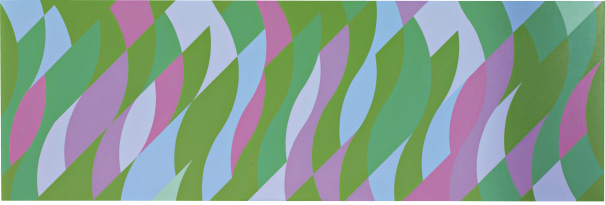
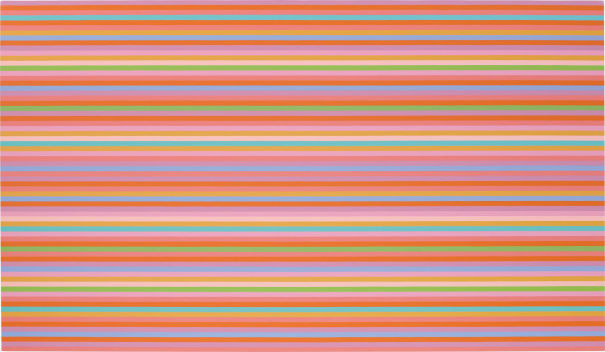
.jpg)
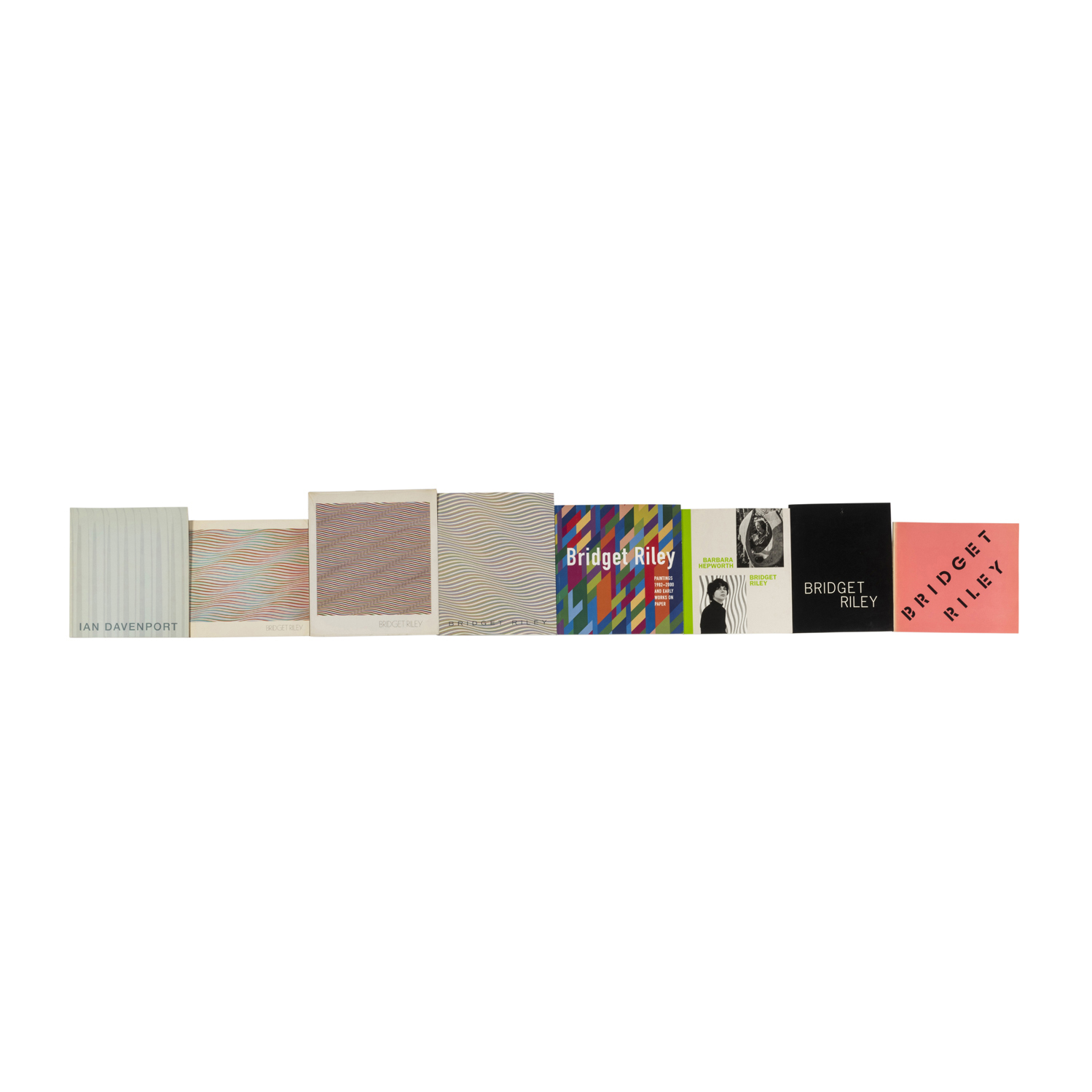
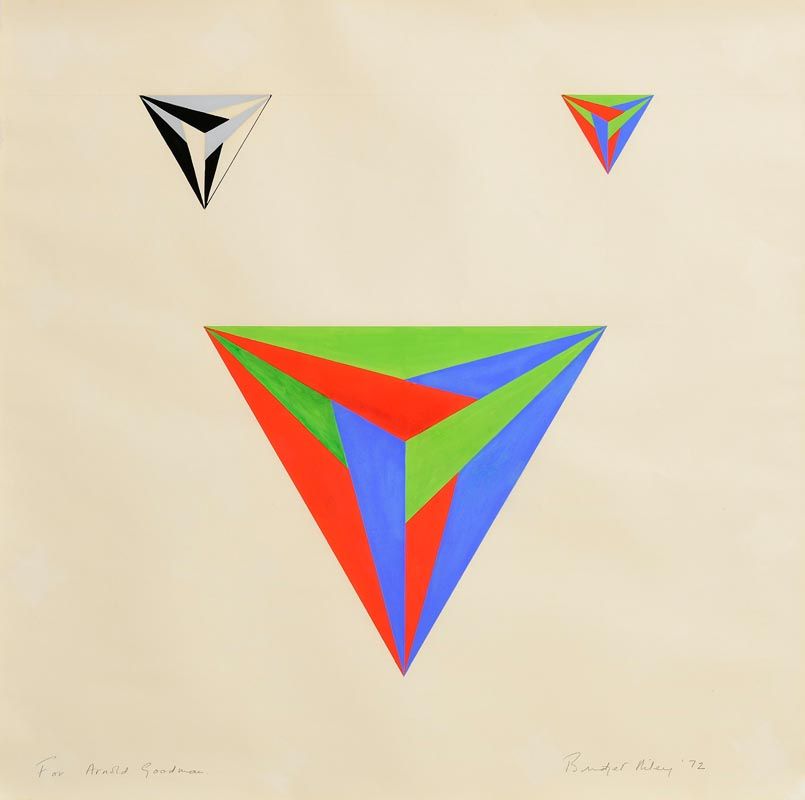
.jpg)
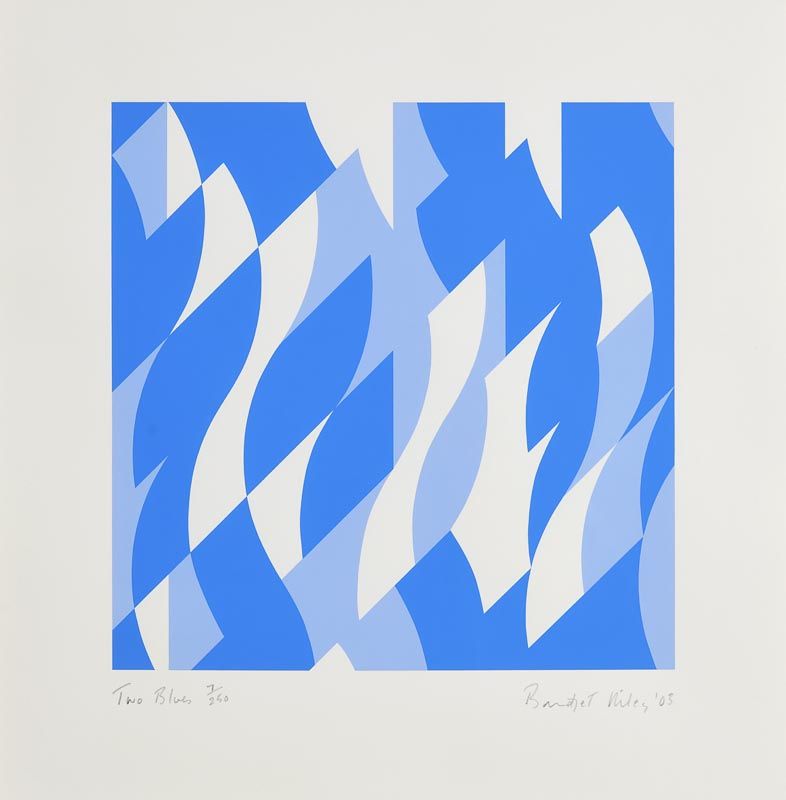
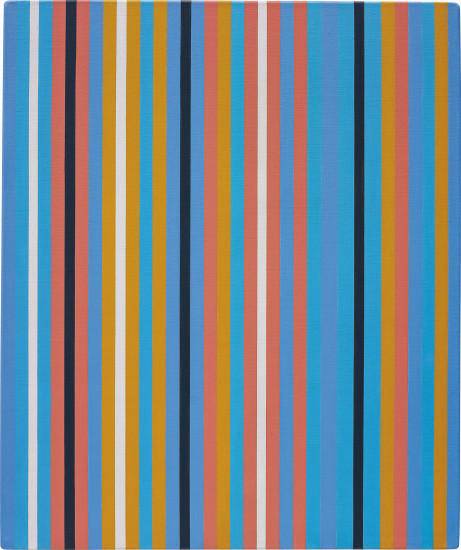
.jpg)
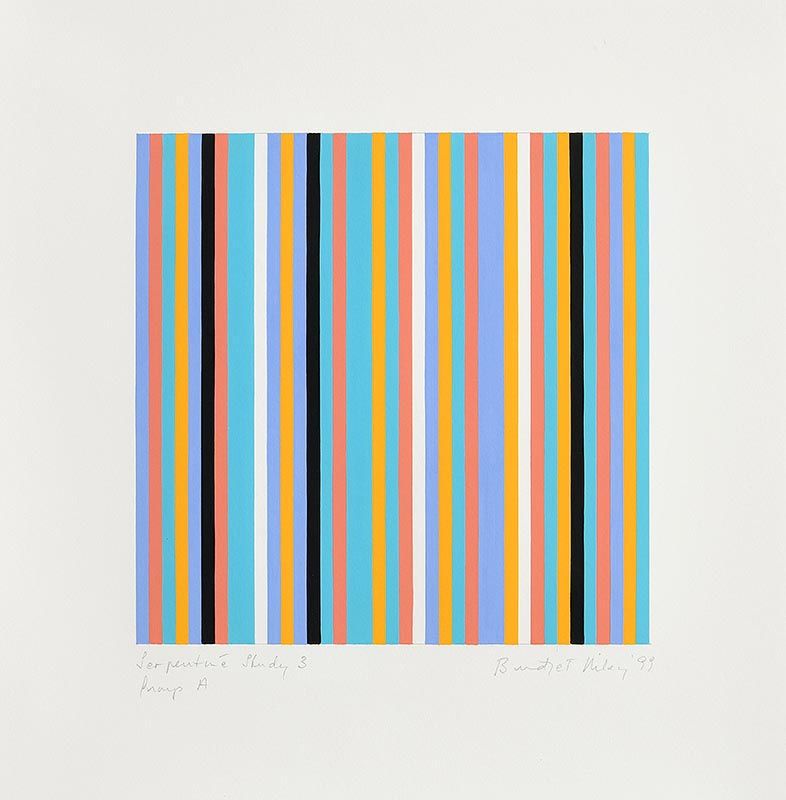
.jpg)
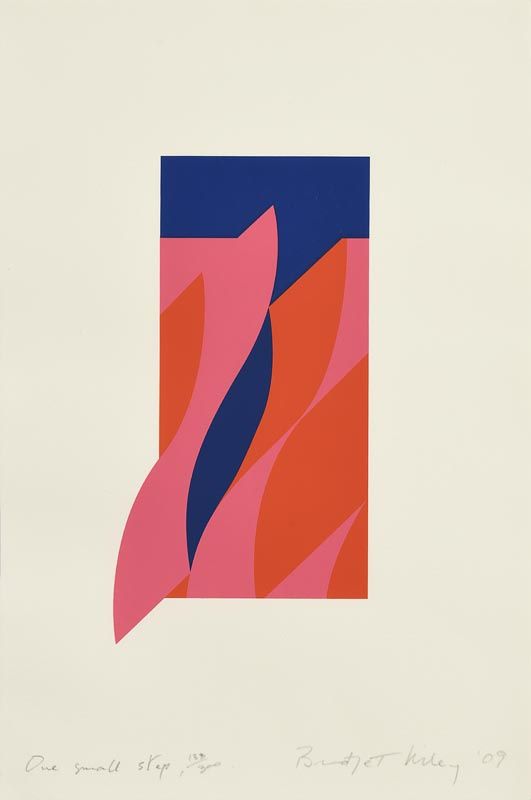

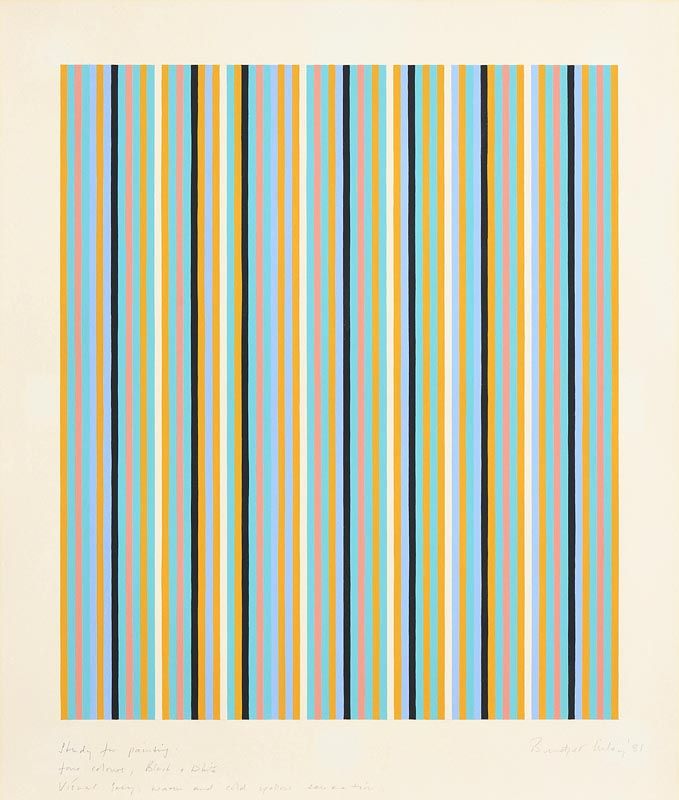
Testen Sie LotSearch und seine Premium-Features 7 Tage - ohne Kosten!
Lassen Sie sich automatisch über neue Objekte in kommenden Auktionen benachrichtigen.
Suchauftrag anlegen